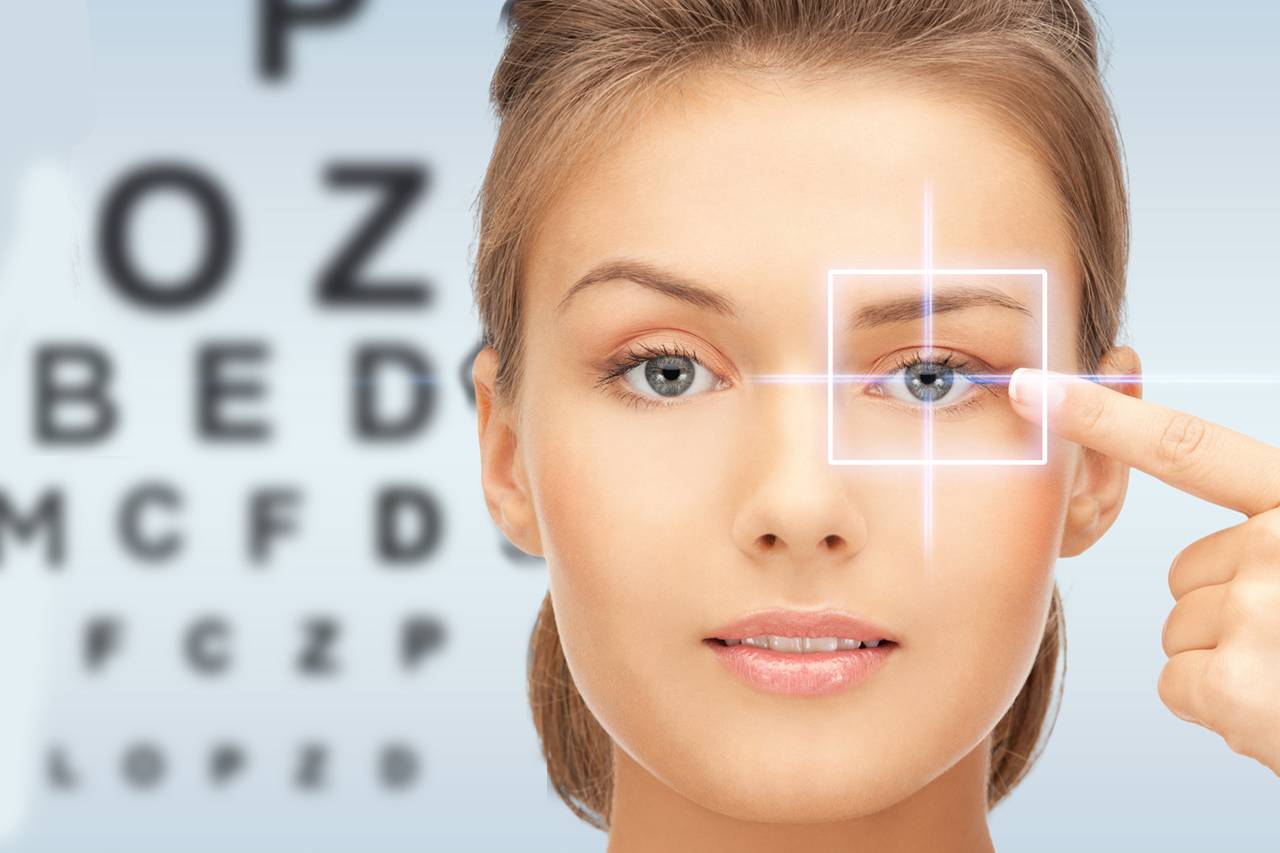All Categories
Featured
We commonly become aware of shielding our skin from damaging ultraviolet (UV) rays, yet did you know that UV direct exposure can also dramatically influence your eye health and wellness? Whether you're outdoors on a bright day and even during over cast weather, your eyes are constantly revealed to UV radiation. Long term exposure can enhance the danger of various eye conditions, several of which may lead to irreversible vision damages. Recognizing the results of UV rays on your eyes and just how to safeguard them is vital for maintaining long-term eye wellness.
Kinds Of UV Rays. UV rays are classified right into three types:
UVA Rays: These rays penetrate deep right into the skin and can additionally impact the inner layers of the eyes. UVB Rays: These rays mostly trigger damage to the skin's surface however can likewise harm the cornea and lens of the eye. UVC Rays: While these are one of the most harmful, they are greatly taken in by the Earth's ambience and don't reach the surface. Both UVA and UVB rays are damaging to your eyes, and over time, direct exposure can cause significant eye problems.
Short-Term Effects of UV Exposure. Even quick exposure to extreme UV rays can result in immediate eye damage. A common temporary problem is photokeratitis, often described as "sunburn of the eye." Symptoms of photokeratitis include:
Soreness and irritation. Sensitivity to light. Tearing or watery eyes. A gritty experience, as if something is embeded your eye. While the signs of photokeratitis are momentary and typically deal with within a day or 2, duplicated events can have cumulative effects on your vision.
Long-Term Effects of UV Direct Exposure. Chronic UV exposure can add to several major eye problems, consisting of:
Cataracts: In time, UV rays can trigger clouding of the eye's lens, causing cataracts, one of the leading root causes of loss of sight worldwide.
Macular Degeneration: Extended UV direct exposure can harm the retina, specifically the macula, causing age-related macular degeneration (AMD), which affects main vision.
Pterygium: Additionally recognized as "surfer's eye," this condition entails the development of a fleshy tissue on the white component of the eye, which can cross the cornea and impact vision.
Skin Cancer Cells Around the Eyes: The fragile skin around the eyes is susceptible to UV radiation, boosting the threat of skin cancer, such as basal cell carcinoma.
Pinguecula: UV exposure can also lead to yellow-colored down payments on the conjunctiva, which can cause inflammation and discomfort.
Just How to Secure Your Eyes from UV Rays. Put On Sunglasses with UV Defense: Always choose sunglasses labeled as blocking 100% of UVA and UVB rays. Wrap-around designs offer added security by obstructing UV rays from the sides.

Use a Wide-Brimmed Hat: Hats with a broad border can reduce UV direct exposure by approximately 50%, using added coverage for your eyes and face.
Prevent Height Sun Hours: UV rays are greatest between 10 a.m. and 4 p.m. Limiting your outdoor tasks throughout these hours can help reduce exposure.
Do Not Ignore Youngsters: Children's eyes are much more conscious UV rays, so ensure they wear sunglasses and hats when outdoors.
Wear UV-Blocking Call Lenses: If you put on contacts, ask your eye treatment carrier concerning UV-blocking lenses for added security.
Stay Protected Year-Round: UV damages isn't restricted to summer; rays can show off surface areas like water, sand, and snow, making eye security required all year.
Verdict. Safeguarding your eyes from UV rays is critical to maintaining your vision and total eye wellness. By taking basic safety measures like wearing UV-protective sunglasses, limiting exposure throughout top hours, and on a regular basis visiting an eye care expert, you can guard your eyes from the unsafe effects of UV radiation.
Latest Posts
Discover Special Auto Repair Offers in Chicago at Montclare Auto Repair
Reasons Routine Auto Maintenance at Montclare Auto Repair Saves You Money
Secure Your Home with Top Quality Residential Roofing